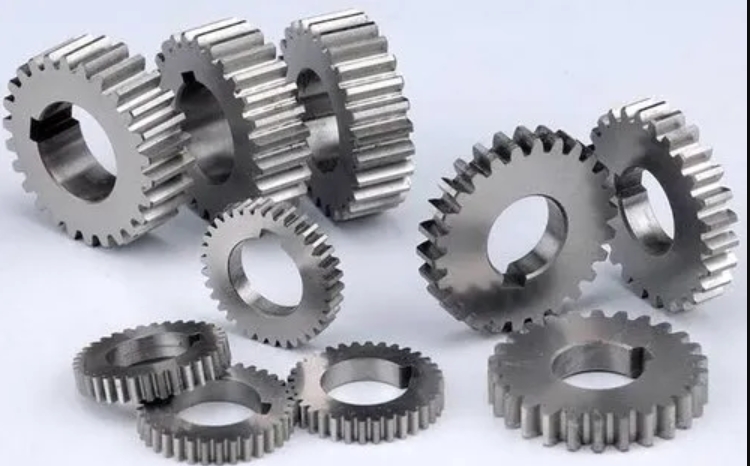Material science plays a crucial role in improving the performance of spur gear, which are a fundamental component in many mechanical systems. The impact can be understood through several key aspects:

- Material Selection: The choice of material for spur gear directly affects their strength, durability, and efficiency. Common materials include steel alloys, brass, bronze, and thermoplastics. High-performance materials like titanium alloys and carbon fiber reinforced polymers are also used for specialized applications. The material must withstand the operational stresses, including torque, heat, and wear.
- Heat Treatment and Surface Hardening: Processes like carburizing, nitriding, and induction hardening are used to improve the surface hardness of spur gear. This increases wear resistance and prolongs gear life, especially in high-load and high-speed applications.
- Wear Resistance and Lubrication: Advanced materials or coatings, such as diamond-like carbon (DLC) and ceramic-based coatings, can significantly enhance wear resistance. This reduces the need for frequent lubrication and maintenance, improving spur gear’s lifespan and performance.
- Corrosion Resistance: In corrosive environments, materials resistant to chemical degradation, like stainless steel or coated metals, are crucial. This ensures that spur gear maintains its integrity over time.
- Weight Reduction: Lighter materials, such as aluminum alloys or composites, reduce the overall weight of spur gear system. This is particularly important in automotive and aerospace applications where weight directly impacts fuel efficiency and performance.
- Manufacturing Techniques: Material science advancements have also influenced manufacturing techniques. For example, powder metallurgy allows for precise control of the material composition and properties, and additive manufacturing (3D printing) enables the production of complex spur gear geometries that were previously impossible or too expensive to produce.
- Thermal Management: Materials with good thermal conductivity help in dissipating heat effectively during spur gear operation, which is vital for maintaining performance and preventing thermal deformation.
- Noise and Vibration Reduction: Material selection and design can influence the amount of noise and vibration produced by spur gear. Quieter and smoother operation is often desirable, especially in consumer products and automotive applications.
Overall, advancements in material science enable the design and production of spur gear that are stronger, more efficient, lighter, and suitable for more demanding applications than ever before. This progress not only enhances the performance of individual gear but also contributes to the efficiency, reliability, and innovation of broader mechanical and industrial systems.
